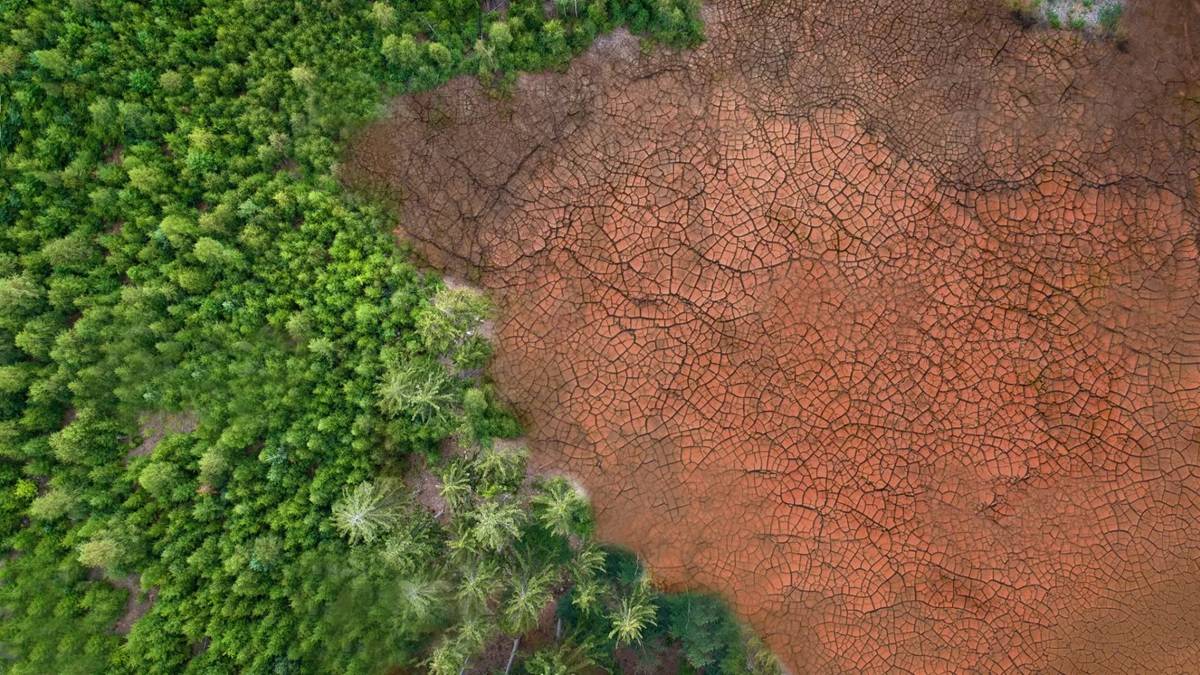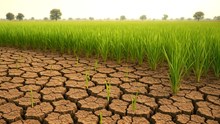
World Environment Day, celebrated annually on June 5th, is the largest international day dedicated to environmental protection. Led by the United Nations Environment Programme (UNEP) since 1973, this day has grown into a global platform for environmental outreach, engaging millions of people across the world. The theme for World Environment Day 2024 is "land restoration, desertification, and drought resilience," with Saudi Arabia hosting the event. This focus is timely and critical, as land degradation, desertification, and drought pose significant challenges to ecosystems and human livelihoods.
Importance of Land Restoration
Land degradation affects over three billion people worldwide, leading to the loss of fertile soil, reduced agricultural productivity, and diminished water quality. Freshwater ecosystems, essential for crop cultivation and livestock, are also being degraded. This degradation disproportionately impacts smallholder farmers and rural communities, exacerbating poverty and food insecurity. Land restoration, therefore, is not just an environmental necessity but also a socioeconomic imperative.
The UN Decade on Ecosystem Restoration (2021-2030) underscores the urgent need to revive ecosystems globally. By restoring degraded lands, we can address the triple planetary crisis: climate change, nature and land loss, and pollution and waste. Land restoration contributes to climate mitigation by enhancing carbon sequestration, supports biodiversity by providing habitats for various species, and improves water quality and availability.
Sustainable Agricultural Practices for Land Restoration
Agriculture, when practiced sustainably, can play a crucial role in land restoration. Several agricultural practices have proven effective in restoring degraded lands, combating desertification, and building drought resilience:
1. Agroforestry
Agroforestry integrates trees and shrubs into agricultural landscapes. This practice improves soil fertility through the natural addition of organic matter from leaf litter and enhances water retention. Trees act as windbreaks, reducing soil erosion, and provide shade, which can help maintain soil moisture. Additionally, agroforestry systems promote biodiversity and can provide farmers with diverse sources of income from timber, fruits, and other tree products.
2. Conservation Agriculture
Conservation agriculture emphasizes minimal soil disturbance, maintaining soil cover, and crop rotation. Practices such as no-till farming reduce soil erosion and improve soil structure. Cover crops protect the soil from erosion, enhance soil fertility, and suppress weeds. Crop rotation breaks pest and disease cycles and improves soil health by varying the types of crops grown.
3. Water Harvesting Techniques
In arid and semi-arid regions, efficient water management is crucial. Water harvesting techniques, such as the construction of check dams, contour bunding, and rainwater harvesting systems, can capture and store rainwater. This stored water can be used during dry periods, enhancing drought resilience and ensuring a steady water supply for crops and livestock.
4. Integrated Pest Management (IPM)
IPM reduces the reliance on chemical pesticides, which can degrade soil and water quality. Instead, it promotes the use of biological control agents, crop rotation, and other sustainable practices to manage pests. This approach helps maintain ecological balance and reduces environmental pollution.
5. Organic Farming
Organic farming avoids synthetic fertilizers and pesticides, instead relying on natural inputs and processes. This practice enhances soil health through the use of compost, green manure, and crop residues. Organic farming promotes biodiversity and improves soil structure and fertility, contributing to long-term land restoration.
6. Building Drought Resilience
To build resilience against drought, farmers can adopt practices that enhance soil moisture retention and water use efficiency. Mulching, for instance, helps retain soil moisture, regulate soil temperature, and suppress weed growth. Drip irrigation systems deliver water directly to plant roots, reducing water wastage and improving irrigation efficiency. Additionally, selecting drought-resistant crop varieties can ensure better yields under water-scarce conditions.
Sustainable agricultural practices offer practical and effective solutions for restoring degraded lands, enhancing ecosystem health, and building resilience against environmental challenges. By adopting these practices, we can protect and revive our ecosystems, ensuring a sustainable future for all. The commitment to land restoration not only addresses immediate environmental issues but also paves the way for achieving broader Sustainable Development Goals, fostering a healthier planet for generations to come.
















